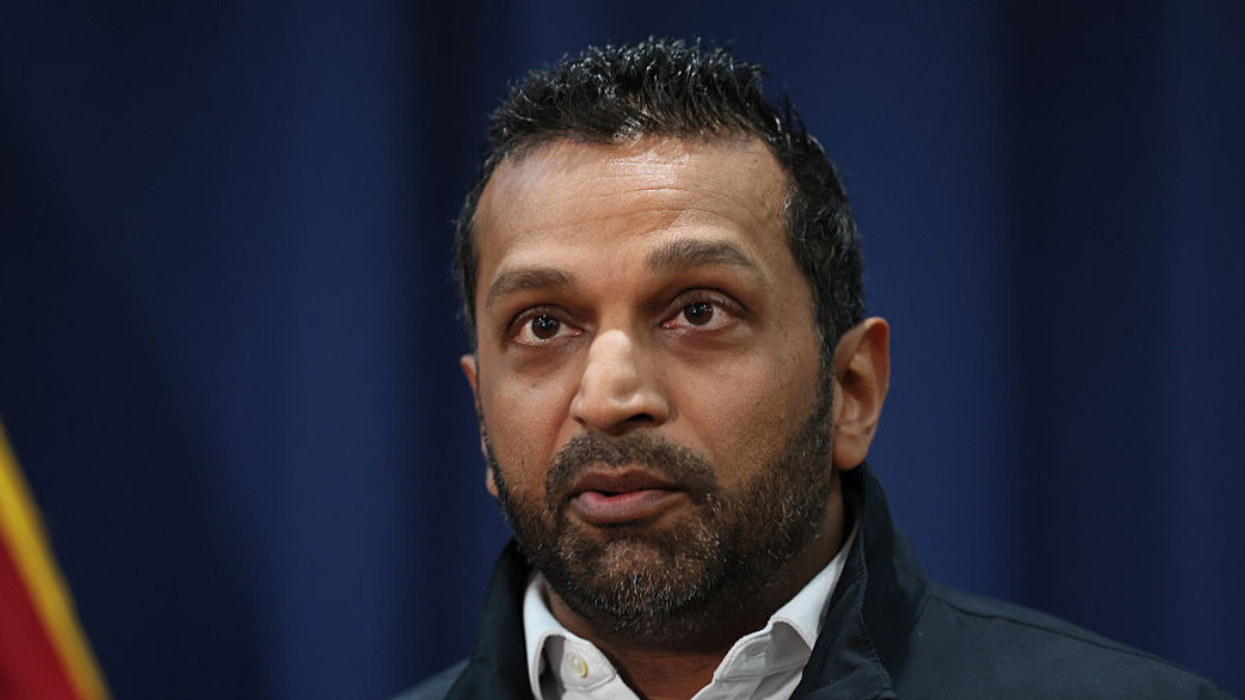In the 1960s, the U.S. saw a few bras burned — although this was not the widespread phenomenon some seem to think. Nonetheless, the link between flaming underwear and protest is well established. This message was not lost on the public last month, when the president of the Czech Republic staged a bizarre publicity stunt in which he lit a giant pair of red underpants on fire.
In June, President Milos Zeman called a surprise news conference at Prague Castle. After the press and other spectators gathered, Zeman asked his chancellor to bring out the underwear. Vratislav Mynar unfolded a massive pair of red boxer shorts and presented them with dignity to firefighters standing nearby. They then proceeded to carefully and responsibly light them on fire. What may have looked like a lighthearted publicity stunt was actually a dark message to the president’s critics.
In 2015, the artist collective Ztohoven, an anonymous band of about 20 performance artists who make statements about society and politics using performance art, had created a video featuring a pair of huge red undies to criticize Zeman. The group took down the Czech flag flying over Prague Castle and replaced it with a huge red pair of red underpants. The group also released an accompanying poem about Zeman, whom they have called the "man who is not ashamed." Zeman is a populist figure who is open about his China- and Russia-friendly positions, and has spouted anti-immigrant rhetoric.
In the poem, the group said the underwear symbolized the red Chinese flag, as well as embarrassment and rage, and as the underwear fluttered in the wind, it exposed the buttocks of the country. The stunt, seen as an anti-fascist protest, was met with mild criticism by the Zeman administration at the time. However, almost three years later, he was moved to respond.
Guerrilla art is on the rise as social and political tensions increase around the world. In Connecticut, gallery owner Fernando Louis Alvarez placed a giant sculpture of a bent spoon in front of the headquarters of Purdue Pharma, the maker of OxyContin. He was arrested and charged with obstruction of free passage, a criminal misdemeanor. The 800-pound steel spoon was displayed for two hours before police had it removed. The work, by artist Domenic Esposito, represents the spoons used by heroin addicts. Esposito created it to protest how his family was affected by his brother Danny’s nearly 14-year addiction to heroin, which began with OxyContin and Percocet, and called on the government to do something about the problem, beginning with its source.
“The spoon has always been an albatross for my family. It’s kind of an emotional symbol, a dark symbol for me,” said Esposito.
In California, three guerrilla art activists from the group Indecline changed a billboard in Emeryville to protest the Trump administration's separation of migrant families. They changed a "We make junk disappear" billboard to read "We make kids disappear." Instead of the 1-800 Got Junk number, the activists repainted the words, "I.C.E."
A message on the group’s Twitter account displayed the altered billboard with the message, “This isn’t an immigration issue. It’s a humanitarian crisis.”
Banksy, perhaps the world’s best-known guerrilla artist, has become a darling of the art scene, and his graffiti paintings are so sought after that it works are routinely removed from buildings or other public structures and sold to museums or collectors. One print of his, depicting native hunters in a field stalking grocery carts, was recently stolen from the Art of Banksy exhibit in Toronto.
The point of guerrilla art is to make a statement about social, political, or environmental issues, not to achieve individual fame, and most of these artists (including, for many years, Banksy) prefer to remain anonymous for their safety. Another well-known guerilla act, the Russian feminist punk rock collective Pussy Riot, has been jailed and detained by Russian authorities for staging impromptu concerts in public places, and creating songs that criticize Russian President Putin’s policies and the Russian Orthodox Church. During the Winter Olympics in Sochi, the group members were attacked with whips and pepper spray by Cossacks who were employed as security guards.
In June 2018, they staged a series of concerts to draw attention to the plight of Oleg Sentsov, a Ukrainian filmmaker who is serving a 20-year sentence for protesting against Vladimir Putin’s illegal annexation of Crimea and the war in eastern Ukraine. On May 14, Sentsov started a hunger strike to demand the release of all 64 Ukrainian political prisoners from Russian jails, an act that cast a shadow over Russia’s World Cup festivities.
As populism and fascism merge in countries around the world, the price of making art is becoming increasingly high.










 @winnieharlow/Instagram
@winnieharlow/Instagram






 @realDonaldTrump/Truth Social
@realDonaldTrump/Truth Social
